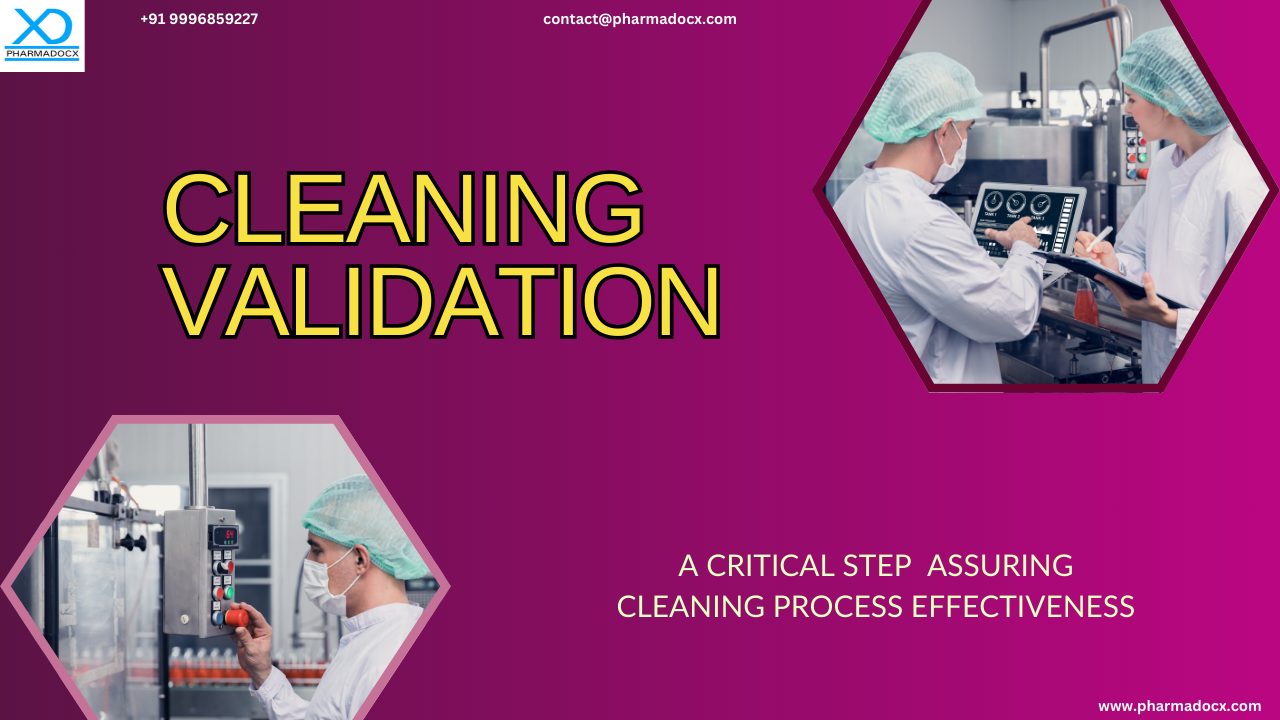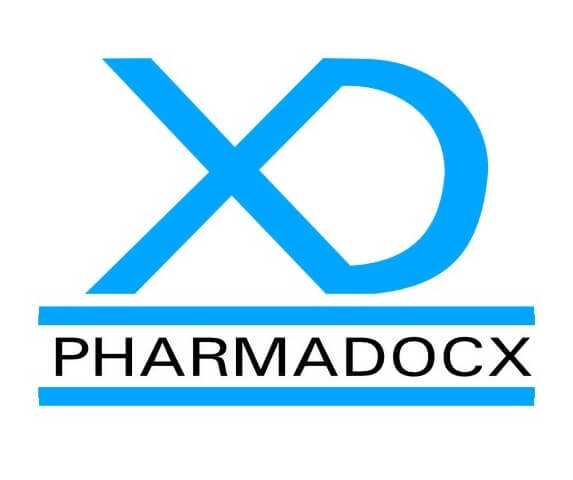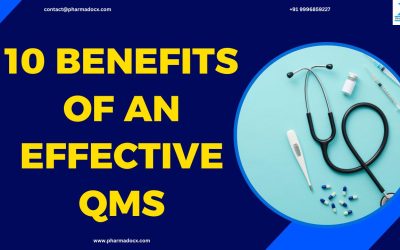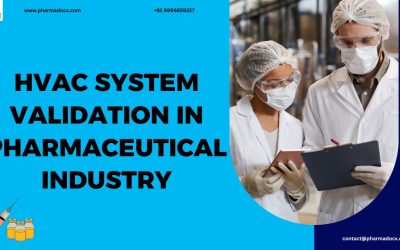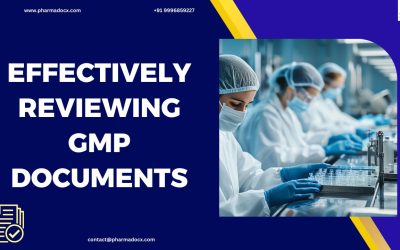Pharma companies are required to consistently manufacture high quality, safe, and effective pharmaceuticals. When different drugs are manufactured in shared facilities, there is a high risk for cross-contamination. Hence, to consistently maintain the quality, safety, and efficacy of drugs being manufactured, cross-contamination has to be prevented. An effective cleaning protocol is required to prevent cross-contamination and carryover of intermediates, impurities, and cleaning agents into subsequent product. Thus, the cleaning protocol has to be validated to ensure safety, quality, efficacy of the subsequent batches of drugs manufactured. Additionally, pharma companies are required to validate their cleaning protocol and strategy for cGMP regulatory compliance. In this blog, we have presented the key components and need for cleaning validation in pharmaceutical industry.
What is cleaning validation?
Pharmaceutical equipment and machinery are properly cleaned after a product has been manufactured to prevent the contamination of subsequent products that will be manufactured. The process of removal of previous product residues, impurities, and extraneous material from manufacturing instruments is known as cleaning. Additionally, the term “cleaning” also includes the complete removal of cleaning agents that were used during the cleaning process.
Cleaning validation is the process of properly documenting the cleaning protocol. Hence, cleaning validation is used to establish evidence that the cleaning process will prevent product contamination. This validation is a documented proof that the cleaning process is effective.
Furthermore, cleaning validation in pharmaceutical industry is a regulatory requirement. Proper documentation is required to demonstrate current good manufacturing practice (cGMP) compliance for the pharmaceuticals being manufactured. Moreover, cleaning validation has a vital role in patient safety, by preventing any contamination of pharmaceutical products.
Hence, cleaning validation in pharmaceutical industry assures the cleaning process is effective and robust. It is the documented evidence of successful and consistent removal of product residues, cleaning agents, and microbial contaminants from equipment. Thus, cleaning validation has a vital role in pharmaceutical industry. It prevents any risk of cross-contamination and ensures the integrity of subsequent drugs being manufactured.
Various pharmaceutical regulatory bodies, such as the Food and Drug Administration (FDA), International Council for Harmonization (ICH), and Central Drugs Standard Control Organization (CDSCO), have established standard requirements and guidelines for cleaning validation.
When should pharmaceutical industry cleaning validation be performed?
It is vital the safety, integrity, quality, efficacy, and purity of drugs are not compromised at any stage of the manufacturing process. Manufacturing equipment and instrument should be cleaned and maintained at the appropriate sanitary level to prevent drug contamination.
- Cleaning validation should be frequently performed at regular intervals to prevent drug contamination and adulteration.
- Cleaning validation has to be performed when there is a critical change in the drug formulation.
- Cleaning validation has to be performed when there is a critical alteration in equipment cleaning procedures and protocol.
- Cleaning validation should be performed when the cleaning agent is changed or modified.
- Cleaning validation should be performed when there is a significant change in the equipment.
Key components of pharmaceutical industry cleaning validation
- Maximum acceptable residue limits: Prior to starting the validation study, scientifically-based acceptance criteria should be established. The maximum acceptable residue limits should be determined based on the safety and regulatory requirements. This should be clearly mentioned in the validation protocol.
- Risk assessment: A thorough risk assessment of the procedures to be used for cleaning the equipment should be performed. A risk-based approach should be followed when establishing a cleaning validation protocol.
- The validation study: The ability of the cleaning protocol to effectively remove contamination from the facility and equipment has to be validated. The validation study is required to demonstrate the cleaning process and protocol are effective and robust.
- Continuous monitoring: The effectiveness and consistency of the cleaning procedure have to be continuously monitored. Periodic validation and regular monitoring are required to ensure compliance with regulatory standards.
- Record and documentation: Pharmaceutical industry cleaning validation is the documented evidence of the effectiveness of the cleaning protocol. Thus, documentation forms the backbone of cleaning validation in pharmaceutical industry. The cleaning procedure, cleaning method, cleaning equipment, acceptance criteria, and validation protocol have to be properly recorded.
Steps of cleaning validation in pharmaceutical industry
- Selection of the cleaning level and type
- Selection of the cleaning process and method
- Selection of sampling method (direct or indirect sampling)
- Selection of a scientifically justified acceptance criteria or maximum acceptable contamination limit
- Selection of worst case scenarios related to the product
- Selection of worst case scenarios related to the equipment
- Defining the post cleaning storage period or hold time
- Selection of analytical and quantification method
- Cleaning process documentation and record keeping
Importance of cleaning validation in pharmaceutical industry
Cleaning validation is the documented evidence assuring the cleaning process is effective, robust, and consistent in cleaning pharmaceutical equipment. Validation of the equipment cleaning process prevents cross contamination and adulteration of drug products. Hence, it is critically to avoid patient safety concerns.
- Assurance of quality and safety of the drugs
- Prevention of microbial contamination
- Prevention of cross contamination
- Product integrity
- Government regulatory requirements
- Batch integrity
- Less down time
- Fewer batch failures
- Reuse of equipment for manufacturing
- Clean and efficient operations
- Reduction of loss due to compromise in quality
Factors to consider when formulating the cleaning validation procedure
Determining the cleaning procedure
Identification of an effective cleaning procedure that can efficiently and consistently prevent cross contamination. Clearly define what, who, how, and when to perform each cleaning step. A complete and specific description of each step of the cleaning protocol should be a part of the validation procedure.
Establish a system to record and document the cleaning procedure
Complete information of all cleaning steps, process parameters, and responsibilities has to be properly recorded. The recording system should clearly evidence the completion of all cleaning activities and protocol adherence while ensuring data integrity. Proper documentation forms the basics of cleaning validation in pharmaceutical industry.
Define an identification system
Cleaning timelines have to be defined while developing cleaning validation procedures. Facility and equipment cleaning status, including last date of cleaning, operators involved, and cleaning expiration date, has to be identified. Hence, a robust cleaning procedure identification system has to be established.
Development of a validation strategy
While developing cleaning validation processes, cross-contamination control strategy, worst case analysis, sampling plan, and acceptance criteria have to be considered. Multipurpose drug manufacturing facilities usually handle different type of products having different activities, solubilities and concentrations. Worst case scenario of all these factors has to be considered. Furthermore, adequate sampling points and sampling methods have to be defined in the strategy. Additionally, the surfaces and the type of residues to be detected have to be determined. Finally, the maximum acceptable residue limit has to be predetermined.
Quantification and analytical methods
Remaining residues of the active substance from the previous batch have to be analysed and quantified. Thus, quantification and analytical methods have to be preestablished.
FAQs
What are the documents usually required for cleaning validation?
Documents presenting the cleaning procedure, acceptance criteria, validation protocol, and validation activities are usually required. Additionally, documents evidencing completion and adherence to the predetermined cleaning protocol are a must.
Will there be any consequences for cleaning validation guideline non-compliance?
Yes. Cleaning validation in pharmaceutical industry is vital for drug safety and efficacy. Cleaning protocol non-compliance can have detrimental patient safety consequences. Also, non-conformities can attract legal action.
How often should cleaning validation studies be performed?
Cleaning validation studies should be regularly performed. The frequency may depend on product type, product complexity, equipment design, manufacturing process, cleaning process, and specific regulatory requirements.
Cleaning validation in pharmaceutical industry is a very critical step that assures the effectiveness of the cleaning process. Most regulatory bodies demand a robust cleaning validation procedure. Understanding the pharmaceutical industry regulations and guidelines is tricky. However, with the help of the team of experts at Pharmadocx Consultants, regulatory compliance will be a breeze. Call/Whatsapp on 9996859227 or drop an email at [email protected] to start your pharmaceutical regulatory journey.

